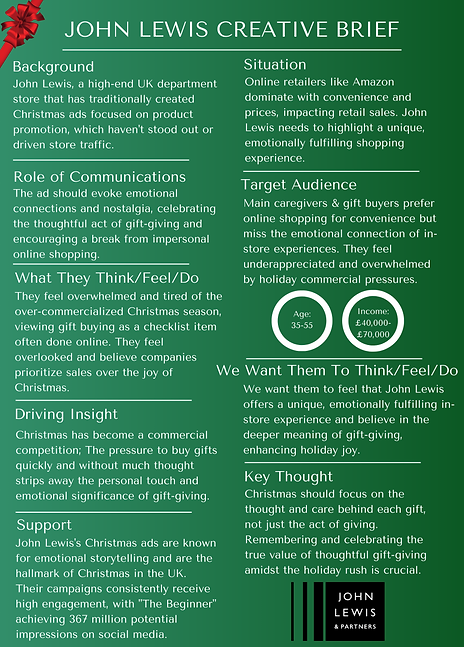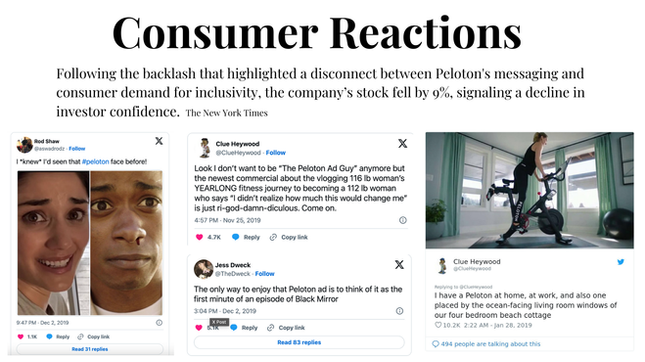
Colon Cancer PSA
*The brand depicted in this ad is entirely fictitious. The statements made here do not reflect or represent the views, policies, or endorsements of any actual cancer or colon health organizations. Please consult medical professionals for trusted health advice and cancer screenings.


After a personal loss to colon cancer and seeing more young people get diagnosed, I wanted to make something honest enough to care about and bold enough that you can’t look past it.
Colon cancer is the third most common cancer in men and women. About 1 in 24 men and 1 in 26 women will get it, and it’s the second leading cause of cancer deaths. Early screening saves lives, and if you catch it with a colonoscopy, survival sits around 93%. At stage IV, it’s about 13%, making it one of the deadliest cancer diagnoses.
Too many people skip screening or aren’t told to wait until they’re older. So I built a spec billboard mockup that actually grabs attention and is eye-catching, jaw-dropping, maybe even pants-dropping. If it makes you laugh and then look into the warning signs, great. If it gets you to text your doctor, even better. It’s for young people who care about their health and, let’s be honest, a little about butt stuff too.
SPILL:
A Brand Extension Project
SPILL started as a spark of an idea during my Consumer Insights study abroad program in London—a fresh take on tea aimed at a generation craving connection. The concept was simple but powerful: transform tea into a white flag of friendship, offering a soft landing for young women navigating the often confusing and lonely post-COVID world. SPILL wasn't just about the drink; it was about creating space for genuine conversation, where “gossip” wasn’t a dirty word but a way to build real, meaningful connections.
I developed a multi-channel marketing campaign that mixed bold visuals, authentic messaging, and strategic placements, giving tea a fresh, modern vibe that felt approachable to Gen Z. The campaign leaned into nostalgia and the comforting ritual of tea, while also rebranding gossip as a force for good—a tool to share stories and find community.
Armed with insights from Mintel, Statista, and WGSN, I built a creative strategy that broke through the noise. The final pitch earned 2nd place in the program’s competition, not just for its strategy but for its storytelling—proof that a well-crafted brand can turn a simple cup of tea into a reason to connect.
Levi's Climate Change
In my Brand Solutions class, I took on the challenge of elevating Levi’s sustainability message while keeping their iconic brand identity intact. The result was "Recycle & Revival," a creative initiative designed to give new life to well-loved denim through repurposing and introduce a rental program that resonated with eco-conscious consumers.
I developed a multi-channel campaign that blended brand strategy with creativity, including in-store promotions, social media content, and webinars focused on supply chain transparency. The goal was to build genuine connections with consumers and position Levi’s as a leader in sustainable fashion.
My creative approach leaned into storytelling, showing how every worn seam and patch held a story of resilience and reinvention. I wanted to create a narrative where sustainability felt natural, approachable, and part of everyday life.
For me, this project was about turning a fresh idea into something real and connecting Levi’s brand values with what matters to today's consumers.
Embracing
Fit-clusivity:
Peloton's
Path to Redemption
For my PR project, I redefined Peloton’s brand narrative following the fallout from its 2019 "Peloton Wife" advertisement, which was criticized for promoting a narrow and outdated view of fitness. My goal was to shift Peloton's image from exclusive and out-of-touch to a brand synonymous with inclusivity and community support.
I developed the “Embrace Fit-clusivity” campaign, focusing on real user stories that showcased diverse fitness journeys. The strategy included highlighting personal stories from individuals of all body types, backgrounds, and abilities, promoting a message that fitness is not a one-size-fits-all experience. The project emphasized inclusivity through adaptive fitness equipment, community-building events, and collaborations with influencers who represent a wide range of experiences.
This approach transformed Peloton’s criticism into an opportunity by positioning the brand as a leader in fostering a welcoming and supportive fitness community, aligning with the growing consumer demand for authenticity and diversity in advertising.
JOHN LEWIS
"THE GIFT OF THOUGHT"
CREATIVE BRIEF
For this project, I took on the challenge of reverse engineering the creative brief behind John Lewis’s "The Gift of Thought" Christmas campaign. I started by diving into the commercial itself, analyzing every detail from the cozy glow of the lights to the quiet joy of thoughtful gift-giving, and then worked backward to imagine the strategy that might have sparked such a memorable ad.
The brief I imagined focused on helping John Lewis stand out during the crowded holiday season. With online giants like Amazon turning gift-buying into a quick and often impersonal experience, John Lewis needed to offer something different. My goal was to shape a campaign that felt like a warm hug, reminding viewers that the best gifts are the ones with heart. The objective was not just about boosting sales but about creating a genuine emotional connection with the audience.
I envisioned the target audience—main caregivers and gift buyers aged 35 to 55—not just as consumers but as the keepers of holiday traditions. The messaging needed to speak to them directly, offering a sense of comfort and nostalgia in a world that often feels too fast-paced. Instead of rushing through holiday lists, the campaign would invite them to slow down, savor the season, and find joy in the simple act of giving.


SOUTHERN COMFORT "WHATEVER'S COMFORTABLE"
BRIEF
Like the John Lewis Brief, I also did a reverse engineering of the creative brief for Southern Comfort's "Whatever’s Comfortable" campaign. Instead of starting with a typical brief, I broke down the commercial itself, analyzing the brand's messaging, target audience, and strategic goals to piece together what the brief might have looked like behind the scenes.
The campaign's main character—a guy casually walking along the beach in swim trunks, radiating pure confidence—embodied the brand’s promise of unapologetic authenticity. I imagined a brief that would have focused on attracting a younger, more adventurous audience, leaning into Southern Comfort’s New Orleans roots,nd promoting a lifestyle built on being true to yourself.
The brief I developed positioned Southern Comfort as more than just a drink. It was a vibe, a statement about living comfortably in your own skin, no matter what. The tone was laid-back and genuine, crafted for young adults who admire people who live freely and confidently without worrying about what others think.
















































